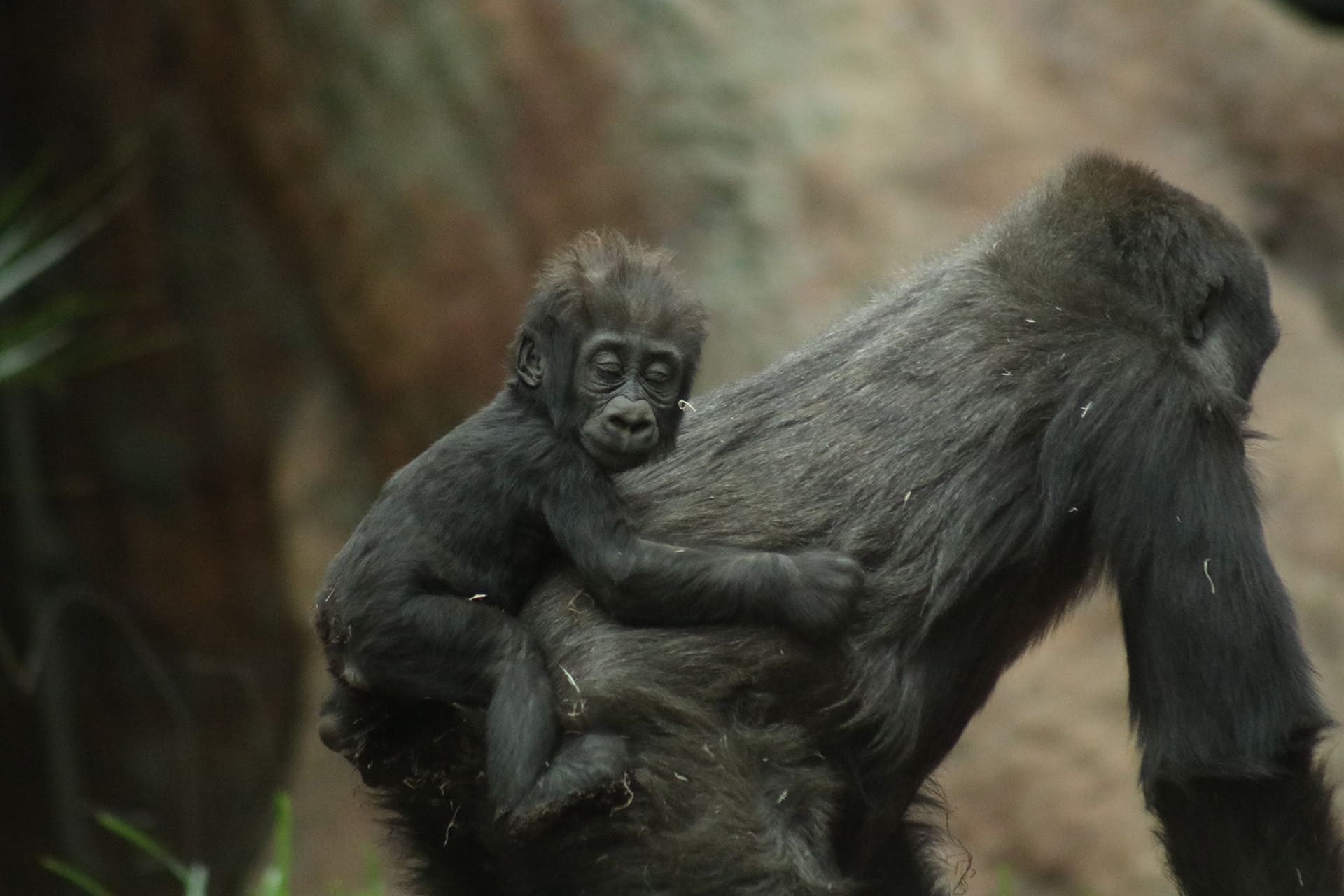- Threatened species conservation
- Bénéficiaire TF-RD - Tropical Forest & Rural Development
- Montant du projet € 23 000
- Subventions FFEM € 20 000
-
État du projet achevé
The Dja Biosphere Reserve (RBD), (Unesco World Heritage), is the largest reserve in Cameroon (526,000 hectares). It is a forest in the private domain of the Cameroonian State, classified as a 1st Category Operational Technical Unit (UTO) and it is composed of a rich and varied ecosystem which testifies to the ecological evolution underway in this type of environment. More than 109 species of mammals (lowland gorillas, chimpanzees, forest elephants, etc.), 360 species of birds and 62 species of fish live within the PA. The RBD also includes an important ethnic diversity (Badjoué, Nzimé, Djem, Baka, Bulu, Fang, Kaka). The status of Biosphere Reserve shows the importance of associating the communities all around the PA and of taking into consideration aspects of economic development in the implementation of conservation actions.
The problems that the project seeks to resolve are: The unsustainable and unproductive valuation of the natural resources of the area, (slash-and-burn agriculture and poaching, including great apes), leading to loss of biodiversity, deforestation and not solving the problems of socio-economic development and poverty observed in the area, lack of information on the great apes in the area, their socioecology, and the lack of a local great ape management plan [1] that incorporates community perceptions of great apes. To meet these challenges, one of the solutions proposed by the project is to show cocoa farmers that great apes are part of their environment and can have added value, particularly in the production and marketing of cocoa and other NTFPs. Preferential markets will want to acquire cocoa from producers whose activities contribute to the protection of emblematic species such as great apes.
The project thus seeks to gradually tackle the problems of human-animal conflicts in the area of intervention and to go further in changing the perception of stakeholders as to the value of the presence of Great Apes in the area. The main objective of the project is to contribute to the protection of the biodiversity of the RBD and its periphery. This project is part of a global program: “Great Apes of Central Africa of the PPI” (PPI-GSAC) which is a joint initiative developed by 6 African Civil Society Organizations, partners of the PPI in Central Africa whose objective is the pooling of their experiences and an action program. The project intervention area covers a total area of approximately 32,000 ha. [1] A development plan exists at the RBD level. However, it does not integrate issues and local populations.
The project, thus, seeks to gradually tackle the problems of human-animal conflicts in the area of intervention and to go further in changing the perception of stakeholders as to the value of the presence of Great Apes in the area. The main objective of the project is to contribute to the protection of the biodiversity of the RBD and its periphery. This project is part of a global program: “Great Apes of Central Africa of the PPI” (PPI-GSAC) which is a joint initiative developed by 6 African Civil Society Organizations, partners of the PPI in Central Africa whose objective is the pooling of their experiences and an action program. The project intervention area covers a total area of approximately 32,000 ha. [1] A development plan exists at the RBD level. However, it does not integrate issues and local populations.
